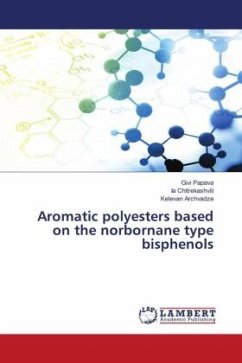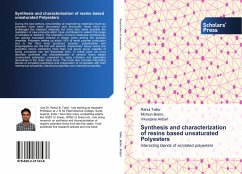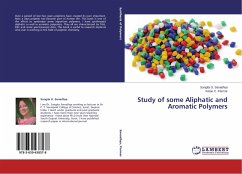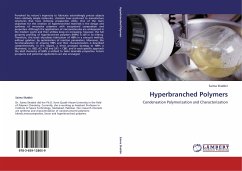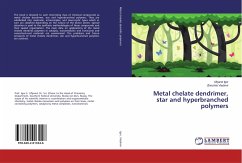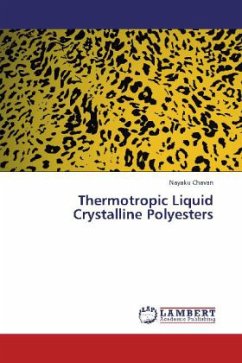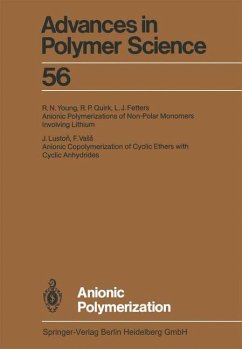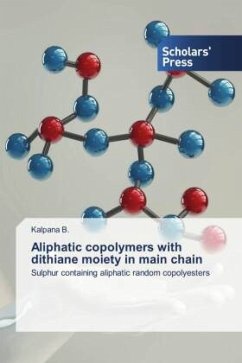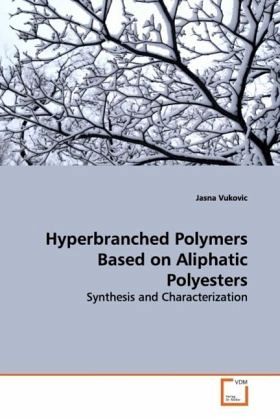
Hyperbranched Polymers Based on Aliphatic Polyesters
Synthesis and Characterization
Versandkostenfrei!
Versandfertig in 6-10 Tagen
39,99 €
inkl. MwSt.

PAYBACK Punkte
20 °P sammeln!
Hyperbranched polymers together with dendrimers belong to the class of three-dimensional macromolecules called dendritic polymers. Due to their complex structure and specific properties, these polymers have attracted large scientific attention over the last twenty years. Although, hyperbranched polymers are randomly branched, have broad molar mass distribution and less perfect globular shape, they resemble dendrimers in many physical and chemical properties and can be used in applications where tedious synthesis of dendrimers can be avoided. However, the full application potentials of hyperbra...
Hyperbranched polymers together with dendrimers
belong to the class of three-dimensional
macromolecules called dendritic polymers. Due to
their complex structure and specific properties,
these polymers have attracted large scientific
attention over the last twenty years. Although,
hyperbranched polymers are randomly branched, have
broad molar mass distribution and less perfect
globular shape, they resemble dendrimers in many
physical and chemical properties and can be used in
applications where tedious synthesis of dendrimers
can be avoided. However, the full application
potentials of hyperbranched polymers will not be
achieved before complete understanding of the
relation between their molecular structure and
properties. Therefore, the author Jasna Vukovic has
presented in this book a detailed investigation of
the influence of the synthesis procedure (one-step
or pseudo-one-step), number of pseudo generation,
degree of branching and type of end groups on the
structure and properties in solution, melt and solid
state of the synthesized and commercial
aliphatic hyperbranched polyesters. Adequate
theoretical background is also presented.
belong to the class of three-dimensional
macromolecules called dendritic polymers. Due to
their complex structure and specific properties,
these polymers have attracted large scientific
attention over the last twenty years. Although,
hyperbranched polymers are randomly branched, have
broad molar mass distribution and less perfect
globular shape, they resemble dendrimers in many
physical and chemical properties and can be used in
applications where tedious synthesis of dendrimers
can be avoided. However, the full application
potentials of hyperbranched polymers will not be
achieved before complete understanding of the
relation between their molecular structure and
properties. Therefore, the author Jasna Vukovic has
presented in this book a detailed investigation of
the influence of the synthesis procedure (one-step
or pseudo-one-step), number of pseudo generation,
degree of branching and type of end groups on the
structure and properties in solution, melt and solid
state of the synthesized and commercial
aliphatic hyperbranched polyesters. Adequate
theoretical background is also presented.



